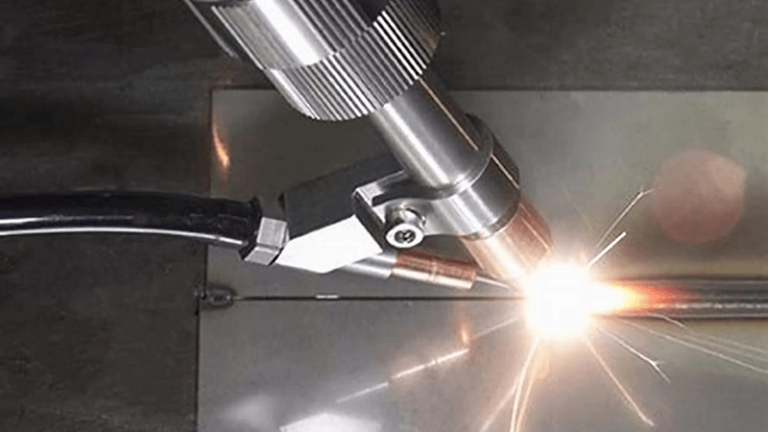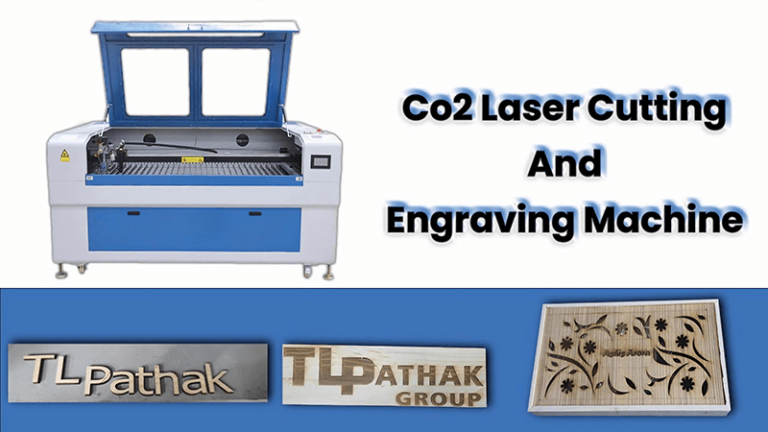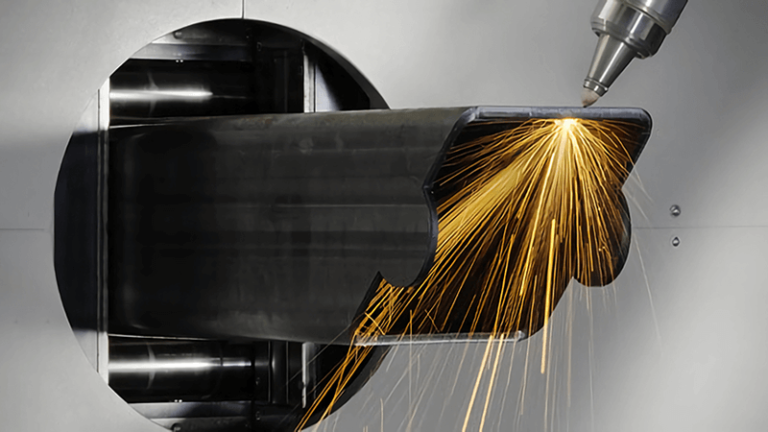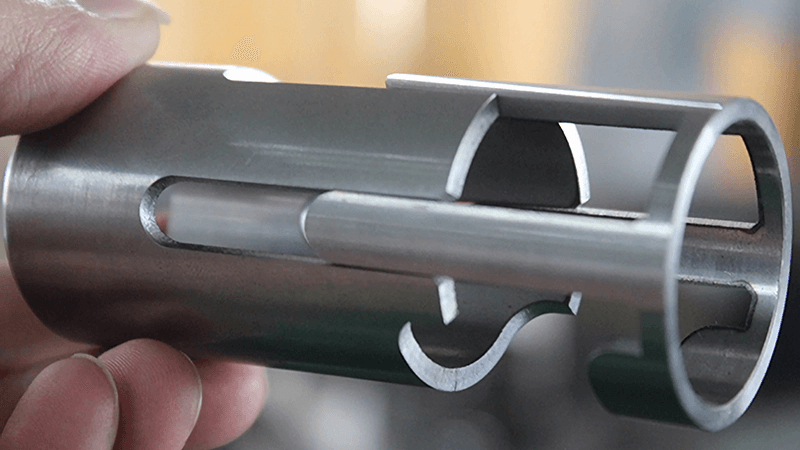
Introduction
Ever found yourself stuck in a project because your cutting tool just couldn't keep up? Trust me, I've been there. As a Sales Engineer at Kirin Laser, I’ve seen firsthand how the right fiber laser cutter can transform your workflow. Let’s dive into what you need to know before making that crucial purchase.
Fiber laser cutters are game-changers in the manufacturing and design industries. They offer unmatched precision, speed, and efficiency that can elevate your projects to the next level. By understanding these factors and conducting thorough research, you can make an informed decision that aligns with your operational requirements and business goals.
Whether you're a seasoned professional or just starting out, understanding the ins and outs of fiber laser technology is essential. Let's keep this journey exciting and informative.
What is a Fiber Laser Cutter?
A fiber laser cutting machine is a cutting device that uses a fiber laser generator as its light source. The principle is to use the fiber laser to produce a high-energy laser beam, which is focused on the surface of the workpiece. The area hit by the tiny laser spot on the workpiece melts and vaporizes instantly. Then, a computer-controlled system moves the laser spot to cut automatically. Here are its main features:
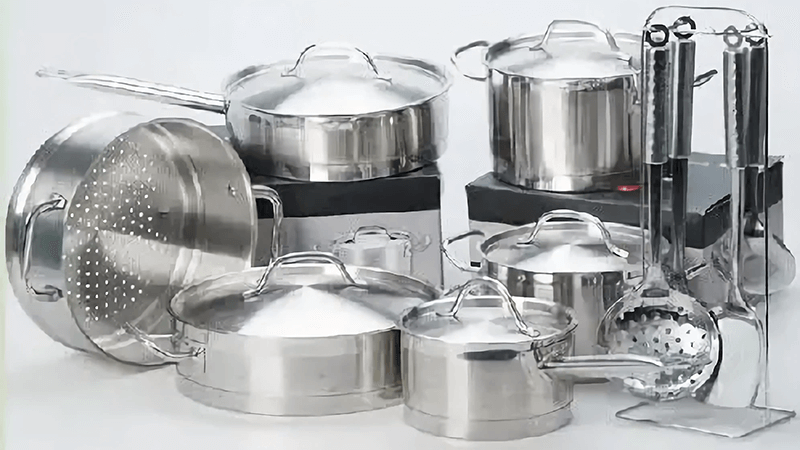
Performance Advantages
- Excellent Beam Quality: The focused laser spot is smaller, making the cutting lines finer. For example, in making precise parts, it can cut more complex and detailed patterns, work faster, and produce better quality.
- Very High Cutting Speed: It is twice as fast as a CO₂ laser cutter with the same power. For example, cutting 5mm thick carbon steel, a fiber laser cutter can cut several meters per minute, which greatly improves production efficiency.
- Strong Stability: It uses top-quality imported fiber lasers that are stable. Key parts last up to 100,000 hours, ensuring continuous and steady production, and reducing equipment failures and repair time.
- High Electrical Efficiency: The conversion efficiency is about 30%, which is three times that of CO₂ laser cutters. It saves energy and is environmentally friendly. The machine only uses 20%-30% of the power compared to similar CO₂ laser cutters, greatly lowering operating costs.
- Low Maintenance Costs: It only needs electricity to run and does not require extra gases for the laser. There are no consumables like laser gas or mirrors, saving a lot on maintenance costs. It is easy to operate and maintain, and the fiber transmission does not need to adjust the light path.
Fiber laser cutters significantly improve workflow in manufacturing.True
Fiber laser cutters offer speed, precision, and reliability, making them ideal for improving manufacturing processes.
Fiber laser cutters are not suitable for industrial-scale manufacturing.False
Fiber laser cutters are highly suitable for industrial-scale manufacturing due to their efficiency, precision, and versatility.
Excellent Cutting Quality
-
High Precision: The positioning accuracy can reach 0.05mm, and the repeat positioning accuracy can reach 0.03mm. It meets the needs of precise processing, such as cutting high-precision parts in aerospace and medical devices.
-
Narrow Cut: The laser beam is focused into a very small spot, making the power density very high at the focus. The material heats up quickly to vaporize, forming a hole. The cut width is usually 0.10-0.20mm, which reduces material waste.
-
Smooth Cutting Surface: The cut surface has no burrs, and the roughness is generally kept below Ra6.5. There is no need for secondary processing, and it can be used directly for further steps.
High Processing Flexibility
-
Good Flexibility: It can cut any shape and also cut pipes and other special shapes. It is not limited by the shape of the workpiece and can quickly turn design ideas into real objects. It is especially suitable for small batches and customized production.
-
Easy to Integrate: The light is guided out through a fiber, making the mechanical system design very simple. It is easy to combine with robots or multi-axis worktables, allowing automated production, improving production efficiency, and processing precision.
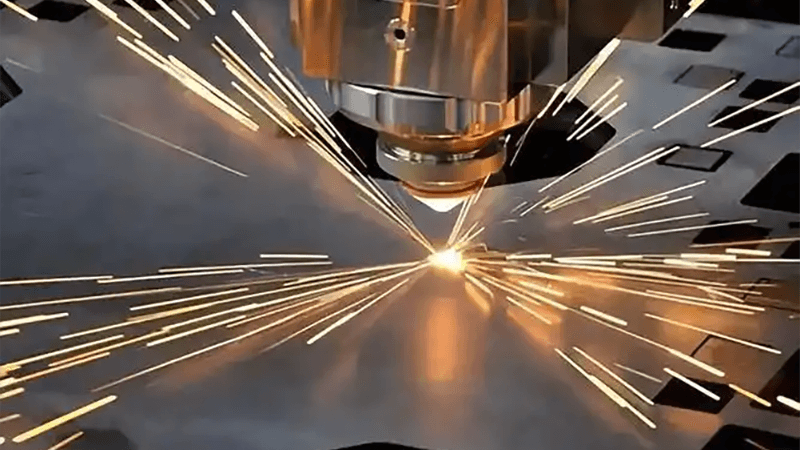
Advantages of Fiber Laser Cutters
Precision and accuracy are top-notch. These cutters can handle intricate designs with ease, making them perfect for detailed work.
Speed and efficiency? Absolutely. Fiber lasers operate at high speeds, reducing production time significantly. According to LaserTech Insights, fiber lasers are up to 30% faster than traditional CO2 lasers.
Low maintenance is another big win. With fewer moving parts, fiber laser cutters require less upkeep, saving you time and money.
Comparative Analysis between Fiber Laser and CO₂ Laser Cutting Machines
| Comparison Items | Fiber Laser Cutting Machine | CO₂ Laser Cutting Machine |
|---|---|---|
| Beam Quality | The focused spot is small, the cutting line is fine, and it can handle complex and precise patterns with minimal error (for example, in the processing of high-end watch dial ornaments, the error can reach 0.03 - 0.05 mm). | The spot is relatively large, the cutting line is coarser, and the precision cutting ability is weaker. |
| Cutting Speed | At the same power, it is twice as fast as the CO₂ laser cutting machine, and has an obvious advantage when cutting thin plates of 1 mm. It also has a speed advantage when the thickness increases. | It is slow when cutting thinner materials, but when cutting thickened materials above 5 mm, the linear cutting speed is faster and the punching time is shorter. |
| Stability | It uses imported fiber lasers, has stable performance, and the key components have a service life of up to 100,000 hours. | The structure is complex, and the resonator and lenses are easily affected by pollution and vibration, with relatively poor stability, requiring frequent maintenance and calibration. |
| Electro-Optical Conversion Efficiency | Approximately 30%, energy-saving and environmentally friendly, and the power consumption of the whole machine is 20% - 30% of that of the CO₂ laser cutting machine. | Approximately 10%, with high energy consumption and high operating costs. |
| Operation and Maintenance Cost | Only requires electrical energy, without laser working gas and reflective mirror consumables, and is easy to operate and maintain. | It needs to regularly replace the working gas and maintain the optical path components such as reflective mirrors, with high cost and large workload. |
| Flexible Light Guide Effect | The light is exported through optical fibers, the design of the mechanical system is simple, it is easy to integrate with robots or multi-dimensional workbenches, and it is small and compact. | The optical path system is complex, using reflective mirrors to transmit the laser beam, limiting its application in some complex processing scenarios. |
| Cutting Material Range | The wavelength is 1.064 microns, which is well absorbed by metal materials, and has excellent metal cutting and welding capabilities, but the cutting effect on non-metallic materials is not good. | The wavelength is 10.6 microns, and the cutting effect on non-metallic materials is good, while the cutting efficiency and quality of metal materials are relatively weak. |
The right fiber laser cutter can make a big difference in project efficiency.True
Choosing the right fiber laser cutter helps streamline processes, reduce errors, and improve overall productivity.
Fiber laser cutters are outdated technology in the manufacturing industry.False
Fiber laser cutters are modern, cutting-edge technology that are widely used and continuously improved in the manufacturing sector.
Key Features to Consider
When shopping for a fiber laser cutter, power output is crucial. Higher wattage means you can cut through thicker materials effortlessly. Check out LaserPower Data for detailed comparisons.
Cutting area size is also important. Ensure the machine can accommodate the largest pieces you plan to work with.
Software compatibility can't be overlooked. Seamless integration with your existing design software can streamline your workflow. Visit Software Sync for more information.
Power output and cutting material thickness
| Power Output | Steel Thickness | Stainless Steel Thickness | Aluminum Thickness |
|---|---|---|---|
| 1.5 kW | 1/4 inch | 16 gauge | 0.090 inch or thinner |
| 2.0 kW | 3/8 inch | 11 gauge | 5/32 inch |
| 3.0 kW | 1/2 inch | 1/4 inch | 3/16 inch |
| 6.0 kW | 1 inch | 5/8 inch | 1/2 inch |
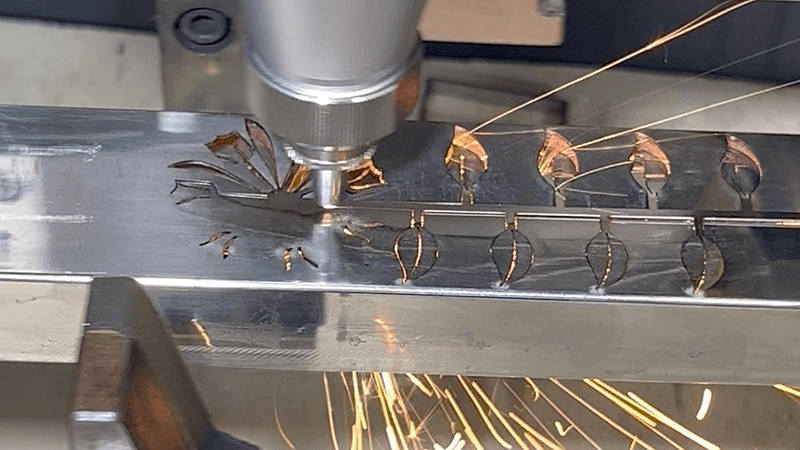
Common Fiber Laser Cutting Machines: Power and Features
| Power Range | Features |
|---|---|
| 300W-1500W (Low Power) | - Usually uses a cutting head with a focal length of 125 |
| - Suitable for cutting thin sheets | |
| - For 1500W and often cutting carbon steel thicker than 10mm, a cutting head with a focal length of 150 is recommended | |
| 2000W-4000W (Medium Power) | - 2000W typically uses a cutting head with a focal length of 150 |
| - For 3000W or 4000W and often processing carbon steel thicker than 14mm, a focal length of 190 or 200 is recommended | |
| 6000W and Above (High Power) | - High-power cutting heads with a focal length of 190 or 200 can cut thicker plates |
Common Sheet Metal Fiber Laser Cutting Machines: Power and Cutting Area
| Category | Specifications | Power |
|---|---|---|
| Work Area (mm) | 1500 × 1000 1500 × 1500 |
1.5kw, 2kw |
| Work Area (mm) | 3000 × 1500 4000 × 2000 |
2kw, 3kw, 6kw |
| Work Area (mm) | 6000 × 2000 6000 × 2500 |
6kw, 12kw, 20kw |
Common Pipes Fiber Laser Cutting Machines: Power and Cutting Area
| Category | Specifications | Power |
|---|---|---|
| Cutting Length (mm) | 2000 – 9000 | 1.5kw, 2kw, 3kw |
| Cutting Diameter (mm) | φ20 – 270 | 1.5kw, 2kw, 3kw |
Applications of Fiber Laser Cutters
Manufacturing industries love fiber lasers for their precision and speed. From automotive parts to electronics, these cutters handle it all.
In the automotive sector, fiber lasers are used for cutting complex components with high accuracy.
Art and design projects also benefit. Intricate metal artworks and customized pieces are easier to create with fiber laser precision.
Click here to get a full guide about applications of fiber laser cutters.
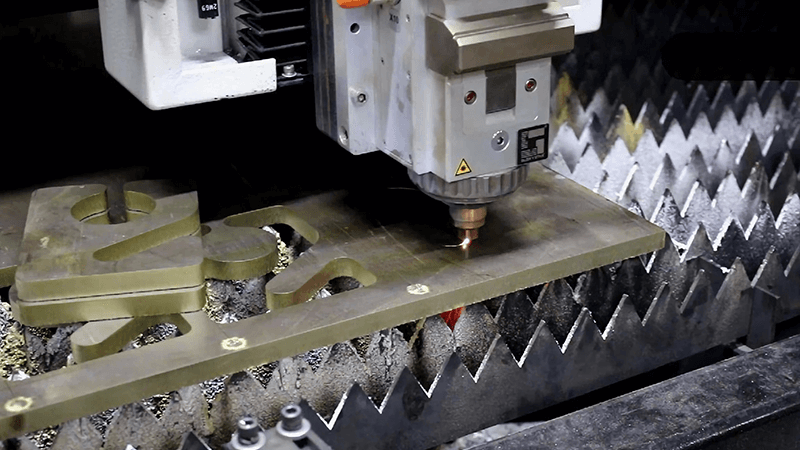
How to Choose the Right Fiber Laser Cutter
First, assess your needs. What materials will you be cutting? How thick are they? Your answers will guide your power and size requirements.
Budget is another key factor. While fiber laser cutters are an investment, the long-term benefits often outweigh the initial costs. Check out Budget Laser for financing options.
Evaluate the support and service offered by the manufacturer. Reliable customer service can make all the difference in maintaining your equipment. Please check the below likes for choosing laser cutting machine.
Common Mistakes to Avoid
Underestimating power requirements can lead to frustration. Ensure your cutter can handle the toughest jobs you foresee.
Ignoring software compatibility might cause workflow disruptions. Always double-check that your design software works seamlessly with the laser cutter.
Overlooking maintenance needs can result in costly downtimes. Regular upkeep is essential for optimal performance. Here is a full guide for you to checking.
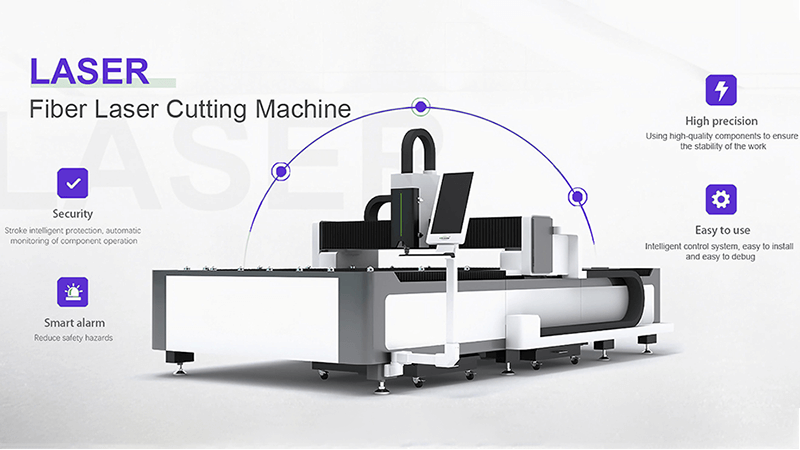
Maintenance and Support
Regular maintenance includes cleaning the lenses and checking the alignment. Keeping your machine in top shape ensures longevity and consistent performance.
Reliable support is a lifesaver. At Kirin Laser, we offer 24/7 customer service to help you troubleshoot any issues.
Utilize available resources like Maintenance Manuals to keep your fiber laser cutter running smoothly. Check this link about how to get the maintenance and support.
Cost Considerations
Initial investment is a biggie, but think long-term. Fiber laser cutters can save you money with their efficiency and low maintenance needs.
Be aware of hidden costs like software licenses and training. Budgeting for these can prevent surprises down the road.
Financing and leasing options are available. Check out Financing Lasers to find a plan that suits your budget.
Sales engineers often experience challenges with choosing the right laser cutter.True
Sales engineers need to understand the specific needs of a project to recommend the most suitable laser cutter, which can sometimes be challenging.
Laser cutters require frequent repairs and high maintenance costs.False
Fiber laser cutters are generally low-maintenance and reliable, requiring minimal repairs over their lifespan.
Future Trends in Fiber Laser Technology
Advancements in laser precision are making fiber lasers even more powerful and accurate. Expect to see cutting-edge features in upcoming models.
Integration with AI and automation is on the rise. Smart fiber laser cutters can optimize cutting paths and improve efficiency.
Sustainable and energy-efficient technologies are becoming standard. Future fiber lasers will consume less power and produce fewer emissions, aligning with global sustainability goals.
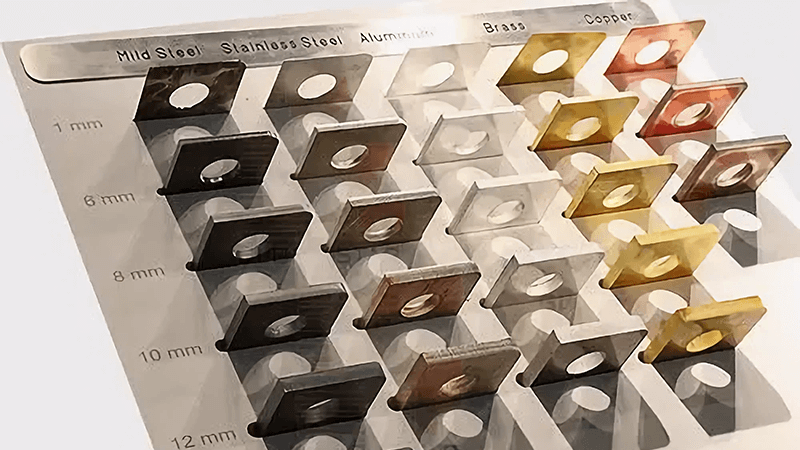
Conclusion
Choosing the right fiber laser cutter is a game-changing decision for your business. With the right knowledge, you can invest wisely and elevate your projects. Ready to make the leap? Let's get cutting!
References:
- "The Ultimate Fiber Laser Buying Guide", from Inkjet.
- "2024 Buyer's Guide: How to Choose Fiber Laser Cutting Machine", from Monoport.


